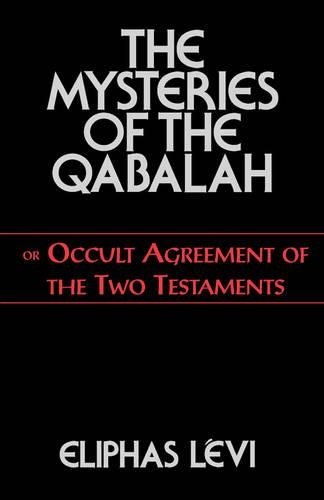
The Mysteries of the Qabalah
(Paperback)
Publishing Details
The Mysteries of the Qabalah
Red Wheel/Weiser
Red Wheel/Weiser
26th April 2000
United States
Classifications
General
Non Fiction
Literary studies: fiction, novelists and prose writers
Christianity
Criticism and exegesis of sacred texts
296.16
Physical Properties
Paperback
288
Width 140mm, Height 216mm
1g
Description
Levi links the Old and New Testaments by comparing the qabalistic imagery and concepts inherent in both "The Prophecy of Ezekiel" and "The Apocalypse of St. John." Includes Levi's illuminating commentary on Ezekiel. He explains how the description of Solomon's temple, the great sanctuary of the true God, represents the Qabalistic or traditional theology of the Hebrews-even the measurements are symbolic and refer to sacred numbers.
Author Bio
Alphonse Louis Constant, better know by his pen name Eliphas Levi, was a master of the traditional Rosicrucian interpretation of the Kabbalah. He was born in France in 1810, and through the offices of the parish priest, was educated for the church at Saint-Sulpice. He was later expelled from seminary for teaching doctrines contrary to those of the Roman Catholic Church. In 1824 Levi began studying the occult sciences, and wrote about magic and the Kabbalah for the next three decades. His other books include Transcendental Magic, Mysteries of the Qabalah , and The Book of Splendours.
